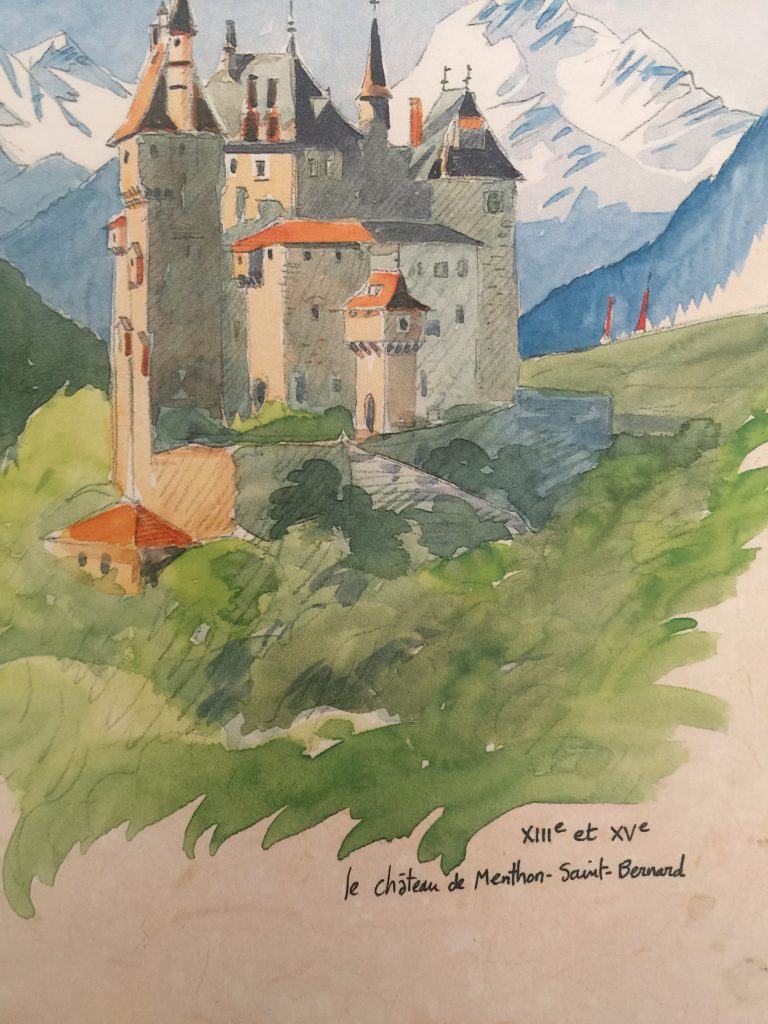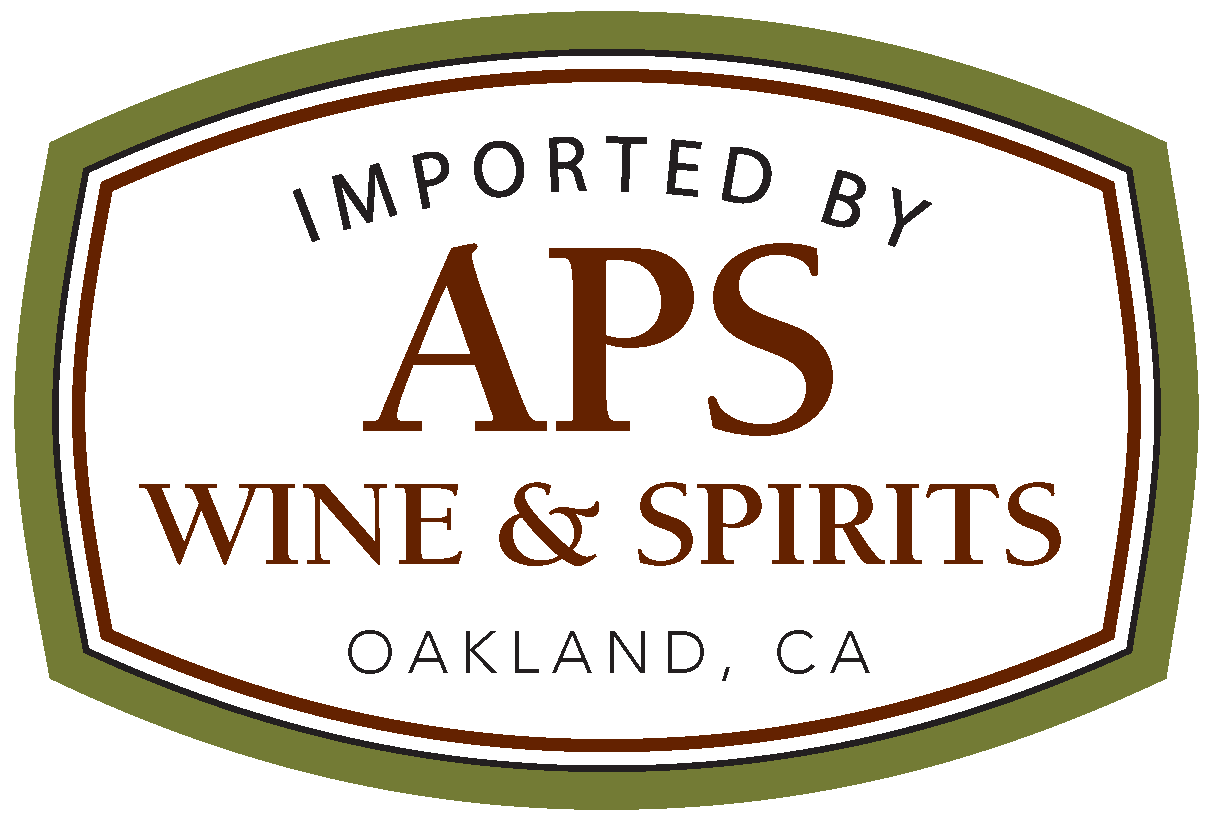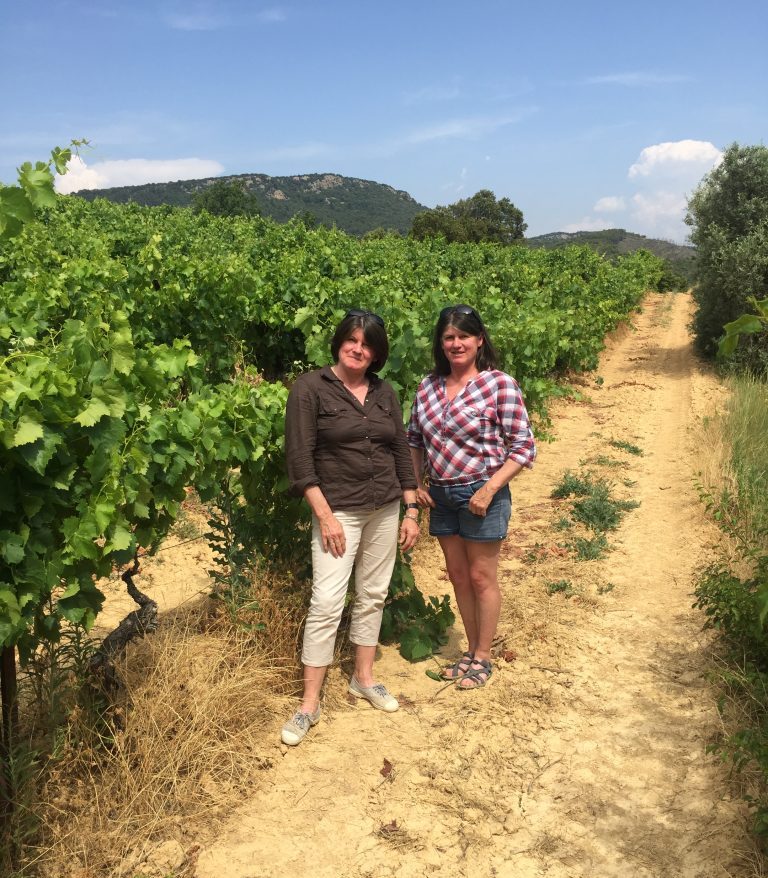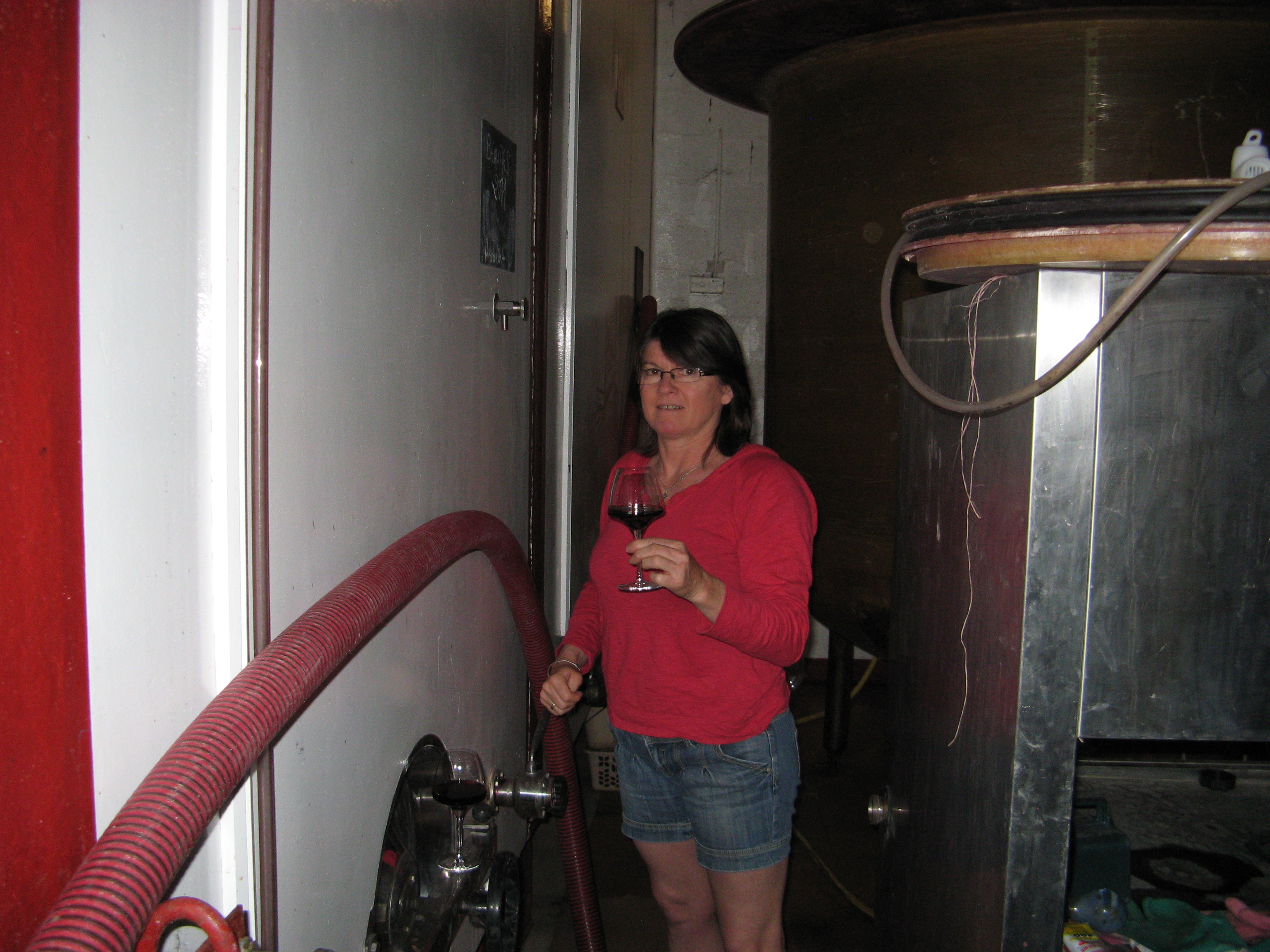THE TWINS ARE BACK
WELCOME, THE NEW FALL RELEASES FROM REDORTIER
When someone asks you, “What’s your favorite wine?” it’s hard not to pause and roll your eyes. But for me, I’d certainly pick Redortier for the little reasons, the perfect balance of fruity and non-fruity aromas with an irresistible savory edge that always attracts me to the wines of the Rhône.
Though Etienne passed in 2017, his twin daughters, Isabelle and Sabine, have been the unwavering soul of Redortier since its birth. For the few who know this family, they are exceptionally private and beyond humble. Did you know, their family owned the grand medieval castle, Menthon-Saint-Bernard in the skies of the Haute-Savoie? No, of course you didn’t because they are not about grandeur or photogenic prestige. They are about wine and family.
For the Redortier junkies, there are the old favorites, the classic Beaumes-de-Venise Rouge and Gigondas, as well as some “new” tricks: magnums, and the rare Monsieur Le Comte single vineyard.
As the holidays approach, take a moment. Whether it is in your stuffed cellar, your neighborhood shop, or in the thick turn of your restaurant, join us this season and raise a glass of Redortier.
After the catastrophic frost of 1956 which wiped-out lower lying vineyards and olive trees, the agricultural engineer, Etienne de Menthon, came to the town of Suzette seeking-out an unusual terroir. 1,500 feet above sea level in the storybook mountains “Dentelles de Montmirail,” this tucked-away village was considered the finest stronghold in the Middle Ages due to its commanding view and isolation. The soils are a colorful DNA: white and yellowish limestone, dark grey schist, silvery quartz and brick-red sandstone. We can blame the Greek colonists for the region’s odd obsession with Muscat (they were the first to plant this varietal in 600 BC), but the quiet treasure of the region is old-vine Grenache and Syrah.
Etienne planted his first vineyard in the late 1950s, sold his fruit to the Beaumes-de-Venise cooperative, and finally established his own cellar in 1981. For over 30 years, Etienne’s twin daughters, Sabine and Isabelle, have lived and breathed Castle Redortier. They walk their vineyards almost every day, a collection of ten lieux-dits: Le Cholet, Les Clapas, Les Trois Yeux, La Martinelle, Le Coulet, Les Hauts, Les Joncas, Les Aubuns, La Patrone, and Chateauneuf. Their practices have been constant over trendy: organically farmed Grenache, Syrah, Counoise, and a few acres of indigenous white varietals, no Mourvèdre and no Muscat. Guided by the freshness of altitude, they prefer to make wine without stems, followed by fermentation in cement vats with native yeasts, then extended aging in cement and old foudres. Like Leonardo and Simone of Il Macchione, Sabine and Isabelle are patient vigneronnes. Their “current releases” hardly seem current as they rest their wine in bottle in the cellar until they feel it is ready. Unbiased by critic or market hype, they are independent thinkers making independent wines. It’s unknown Rhône at its finest.

60% Grenache, 35% Syrah, and 5% Counoise from six parcels at the Suzette estate, over 1,500 ft in the Dentelles de Montmirail. The location is a sweet spot for soil diversity: limestone, clay, schist and sand provide a well-drained home for old-vines (50+ years). The 2018 syncs big expression with finesse. The Syrah pops big with all its spice-dust and crusty earth, and Grenache fills-in the gaps with its mouthwatering strawberry and raspberry fruits. And that sliver of Counoise? Isabelle and Sabine admire its soft spice and floral fruit, locking-in freshness over force.
Isabelle and Sabine are a shy pair; they climb mountains (literally), but when it comes to talking about themselves or their wines, they blush because they never like to boast. So you will know that Sabine’s evident pride about their 2018 Beaumes-de-Venise speaks volumes. She and her sister would rather their wine do the talking, but Sabine gave us a few humble words that we think are very insightful about this beautiful wine:
“After a harsh and wet spring, we managed to produce a vintage we are very happy with. The Beaumes 2018 is supple without effort, it shows a nice and balanced concentration with medium to full body and a creamy texture. There is sweetness in the mouth, length and a silky finish. We hope you’ll appreciate it.”
When you cross north to the other side of the Dentelles de Montmirail you are in Gigondas land, a slightly lower altitude at 1,400 ft. with iron-rich soils. The 2019 vintage is more Grenache-forward than previous vintages. The blend is 70/30, Grenache-Syrah from Etienne Menthon’s first plantings in the 1950s and 1960s. Typically these old-vines, yield 25 hl/ha. In extraordinary and much sought-after vintages like 2019, sites like these transcend. The twins’ winemaking here is pure, classic Redortier in style: fruit destemmed, two-three week vat vinification, wild yeast to ferment in 100hl neutral foudres, pumping over and punching down the cap. After vinification transfer to 75hl cool contrete vats for 24 months. Bottled unfined and unfiltered. The result more than justifies the twins’ father’s original ambitions for Château Redortier and his complete trust in them when he passed the reigns of the estate to them. To quote Etienne de Menthon, “I have always wanted to make elegant wines.” Etienne’s words guide every aspect of Isabelle and Sabine’s stewarship of Château Redortier. We think their 2019 Gigondas shows just how well they have succeeded.
John Livingstone-Learmonth, Drink Rhone, 4+ Stars, had this to say:
“Good, level red robe; the bouquet centres on mixed berry fruits, a note of blueberry, has a curve of ripeness, holds well. It’s a little reserved for now [February, 2021]. The palate links well to the nose, gives an effortless run of tasty black fruit content, neat gras, refined tannins fitting in very well, a savoury blackberry exit. There is good essence in the fruit, the altitude playing a prominent role in extending it rather than concentrating it. This is so bright – way to go, ladies! A real STGT Gigondas here.”
For the uninitiated, STGT is Soil to Glass Transfer. In other words, this is a wine true to it’s place. Voila!




